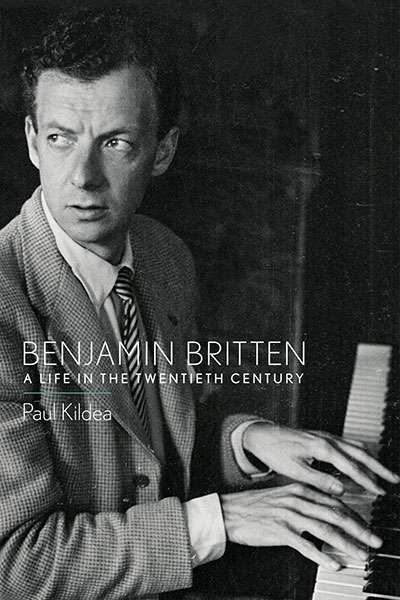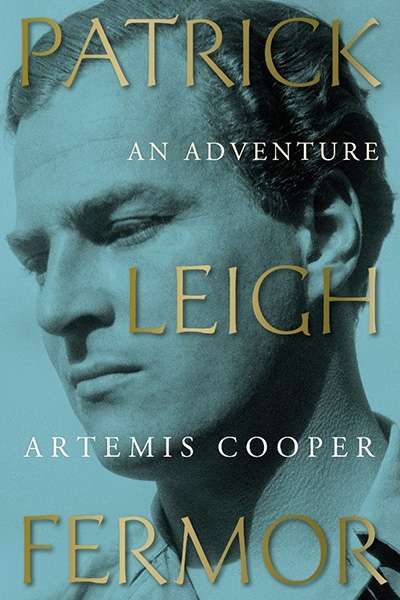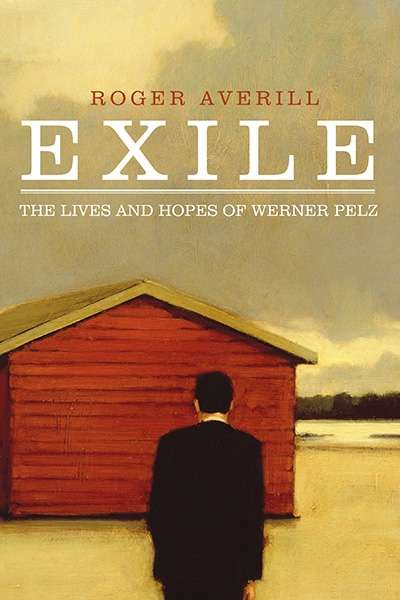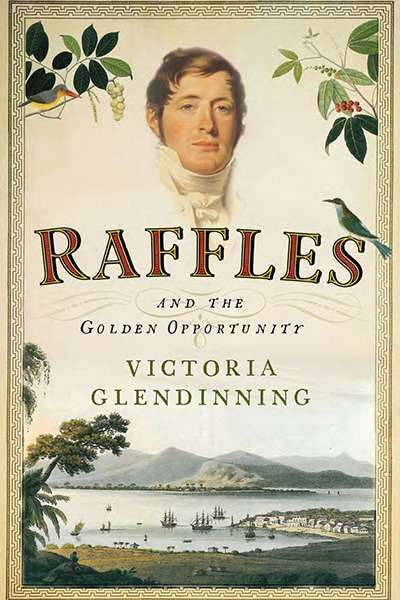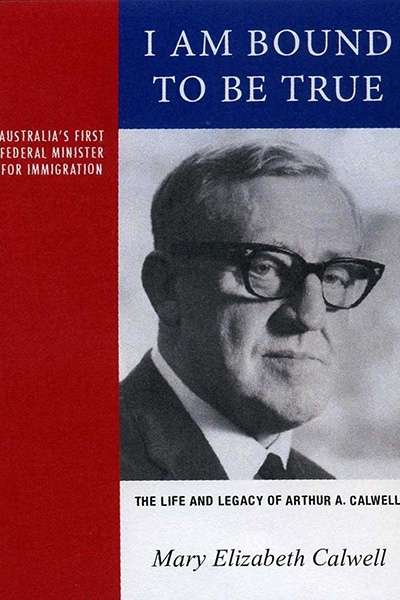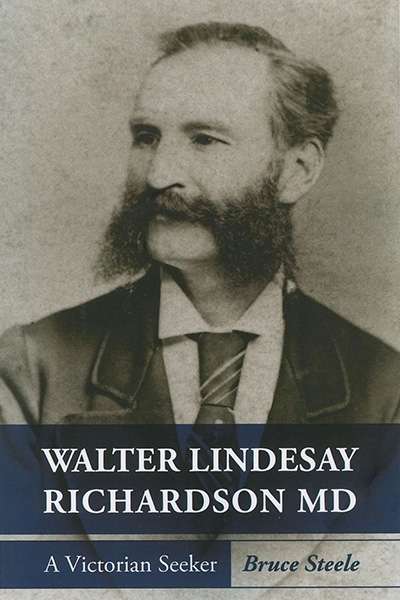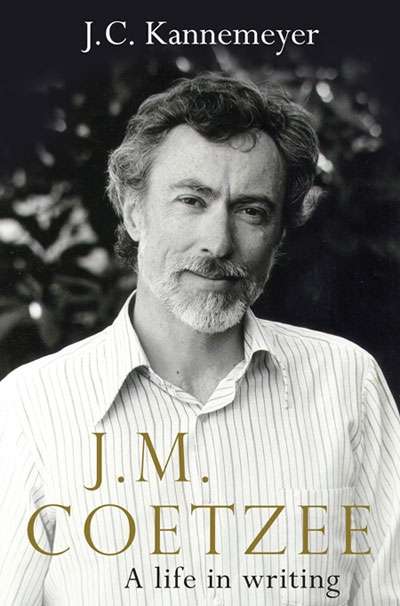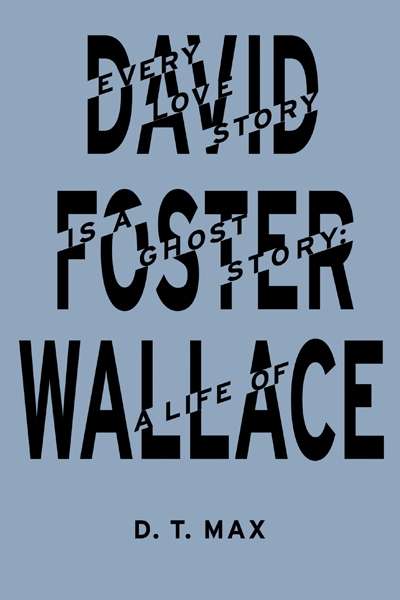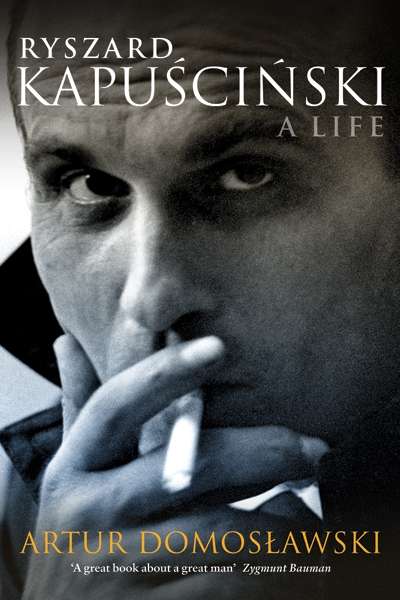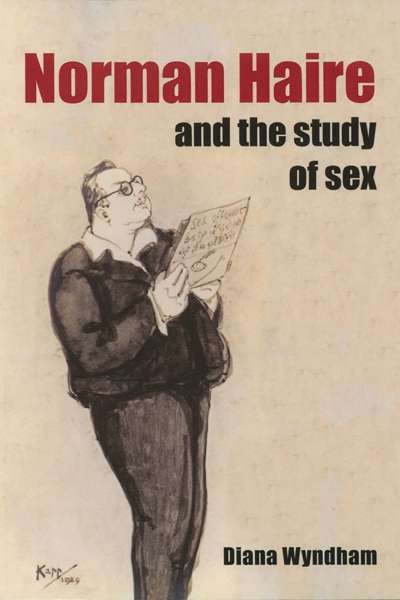Biography
Benjamin Britten: A Life in the Twentieth Century by Paul Kildea
by Jeffrey Tate •
Raffles and the Golden Opportunity, 1781–1826 by Victoria Glendinning
by Paul Madden •
I Am Bound to be True: The Life and Legacy of Arthur A. Calwell, 1896–1973 by Mary Elizabeth Calwell
by Lyndon Megarrity •
Walter Lindesay Richardson MD: A Victorian Seeker by Bruce Steele
by John Arnold •
J.M. Coetzee: A Life in Writing by J.C. Kannemeyer, translated by Michiel Heyns
by Gillian Dooley •
Ryszard Kapuściński: A Life by Artur Domosławski, translated by Antonia Lloyd-Jones
by Sheila Fitzpatrick •

